Organic coffee is produced by over 20 countries including Mexico, Bolivia, Costa Rica, India, Madagascar, Brazil, Vietnam etc. Japan, USA, EU are some of the biggest consumers of organic coffee in the world. In India, coffee is mainly cultivated in states of Karnataka, Kerala and Tamil Nadu. India is the only country wherein Coffea arabica and Coffea robusta coffee are cultivated in almost equal proportions.
Selection of Site
Features like altitude, wind velocity, rainfall, land slope etc. have to be considered while selecting site for coffee plantation. While Arabica coffee prefers higher altitude (1000-1500 above MSL), robusta coffee is better suited to lower altitudes (500-100 above MSL). Sufficient shade should be available for the coffee plants. In case of windy regions, wind breakers like silver oak could be planted.
Varieties
Hardy varieties suitable for local conditions should be selected. Arabica varieties like S.795, Sln.5-B and robusta varieties like S.274 and CxR are good choices.
Raising a Nursery
Seeds or organic origin is to be used. However, in the absence of organic source, seeds from conventional estates not chemically treated could be used. The nursery beds for organic crop should be separated from conventional nursery, in case the estate is not fully converted.
Land Preparation
Presence of evergreen trees to filter shade is always desirable for coffee cultivation. The spacing of the trees should be maintained at 9-12 m for desirable effects. The land should be planned for division with sufficient footpaths and roads in the middle. Any bushy growth should be cleared off the field. The land should be tilled and ready before the oncoming rains.
Soil Conservation
The use of two tier shading system, with lower canopy of trees like dadap (Erythrina lithosperma) and top canopy of permanent trees, reduce heavy loss of soil by erosion. Depending on the slope of the land, conservation measures like contour and terrace planting are followed.
Preparation for Planting
The spacing recommendation for Arabica coffee is 1.8m x 1.8 m / 2.1m x 2.1 m / 1.8m x 2.1 m and for robusta coffee is 3m x 3 m. Land preparation should be immediately followed by planning on position and spacing of shade trees and coffee plants. Soil exposure to sunlight during the hottest months of the year (April-May) is recommended for killing any soil borne pathogens and pests (root grubs, nematodes etc.). This requires opening up pits of 45cm x 45cm x 45 cm dimensions to sunlight for a fortnight, then filled up with top soil and FYM or compost (1-2 kg/pit). Application of neem cake (250g/pit) is advised before planting, as precaution against root grubs.
Shade Trees
Lower shade canopy trees (e.g. dadap) are recommended at close spacing (4.5-6m apart), for protection of younger coffee plants. Upper canopy trees, of permanent nature (Artocarpus, Ficus sp.) need to be planted at spacing of 9-12 m. The soil sterilization process should be carried out before planting of the shade trees. The optimal shade requirement is 50% for Arabica coffee and 30% for robusta. Optimal maintenance of shade will help bring down incidences of white stem borer, green scale, leaf rust, black rot etc. in arabica coffee and shot hole borer in robusta.
Green Manuring
Cultivation of cow pea and horse gram for 2-3 years before coffee helps to build up soil fertility of new farms. With contribution of nitrogen, the green manure crops would also control weed growth in the field.
Weed Management
Weed control is a major problem in coffee plantations, especially new clearings. Grasses have to be weeded continuously in the initial years. Cover digging (30 cm) during planting year and scuffling (15 cm) for the first 3 years post monsoon, helps in weed management and soil moisture conservation in levelled fields. However, sloppy terrain permits only slash weeding, due to high soil erosion tendencies. In the earlier stages of coffee growth, mulching and use of green and cover crops help weed control.
Intercropping
Intercropping of coffee with short duration fruits and vegetables like ginger, yam, pineapple, banana and papaya have been practiced in India. One of the most common practices is coffee cultivation with pepper. Vanilla is also seen as a good alternative.
Training and Pruning
Training of the plants into bushes will help the crop production processes like spraying and harvesting. Shaded coffee is recommended single stem system of training, with topping at prescribed heights. Arabica (tall) gets topped twice, while arabica (dwarf) and robusta are topped once. The recommended heights of topping are given below:
Arabica (Tall): Topping at 0.75 m
Topping at 1.35-1.5 m (after 4-5 harvests)
Arabica (dwarf): Topping at 0.9-1.5 m
Robusta: Topping at 1.35-1.5 m (slant cut)
Single stem trained plants require regular pruning (once a year), after harvest of the crop, especially arabica. While pruning, care should be taken to avoid cutting off primary branches to their base, since it is non-regenerative. Instead, some of the nodes at the base of the primary branches have to be left. Removal of secondary and tertiary branches is necessary to encourage new branching. All the suckers and diseased parts have to be removed.
Robusta is a self-pruning crop, which sheds its laterals after 3-4 harvests. Therefore, regular pruning of the plant is not necessary. However, removal of any diseased parts and suckers should be followed 3-4 times a year.
Handling, Centering and Desuckering
The thinning off young growth after main pruning is referred to as handling. This should be practices 1-2 times a year, depending of crop growth characteristics. The first handling is done during onset of monsoon season (June-July) and if necessary, followed up in September. Removal of young flush from the primary stem, retaining 4-6 healthy secondaries is necessary. All new growth on the main branches within radius distance of the main stem need to be removed. This is called centering. The suckers have to be removed all the time, 3-4 times a year.
We have a book with detailed information on this plant and for more info, please click here…
Both kindle eBook version and Paperback version of this book is available at all Amazon stores. For more info, click here…
Pest Management
White stem borer (Xylotrechus quadripes)
- Optimal shade management
- Sanitation and sterilization of field before planting
- Collar pruning of infected plants
- Phyto-sanitary measures
- Removal of any loose barks and thick coffee leaves for egg laying by the pest
- Neem oil spray (2-5%) on main stem fortnightly
- Application of 10% lime to main stem and thick primaries
Coffee berry borer (Hypothenemus hampei)
- Optimal shade
- Good drainage system
- Harvest at proper stage
- Complete harvest
- Reduce gleaning by spreading gunny bag/polythene sheets on the ground while harvesting
- Drying of coffee to prescribed moisture levels
- Phyto-sanitation
- Use of oil smeared polythene sheets to cover harvested fruit heap, to trap the beetles
- Use of trap crops around drying yard
- Post-monsoon spray of Beauveria bassiana, an entomopathogenic fungus
- Release of parasitoid Cephalonomia stephanoderis in field, post-harvest to reduce any inoculation over crop residues
- Fumigation of coffee during storage, with permitted chemicals
- Placement of berry borer traps, post- harvest to trap the adult beetles
Shot hole borer (Xylosandrus compactus)
- Shade management
- Drainage
- Frequent pruning
- Phyto-sanitation
- Desuckering
Mealy bugs (Planococcus citri; P. lilacinus)
- Release of parasite Leptomastix dactylopii
- Shade management
- Drenching root zone area with neem oil solution
- Neem oil (3%) spray is effective against mealy bugs and other sucking pests
Root lesion nematode (Pratylenchus coffeae)
- Phyto-sanitation
- Soil sterilization every year
- Use of tolerant rootstocks (robusta, excels, arnoldiana) for grafting of Arabica
- Neem cake application (250 g/plant)
Disease Management
Leaf rust (Hemileia vastatrix)
- Optimal shade management
- Regular pruning
- Bordeaux mixture (0.5%) pre-monsoon, mid-monsoon and post-monsoon spray
- Spray of Bordeaux mixture during pre-blossom period, in die-back affected areas.
Black rot (Koleroga noxia)
- Thinning out of shade
- Frequent pruning
- Centering and handling
- prophylactic sprays of Bordeaux mixture (1%)
Coffee trunk canker (Ceratocystis fimbriata)
- Shade management
- Phyto-sanitation
- Collar pruning of infected plants and cut surface treatment with Bordeaux mixture
- Prevent injury to stem
Harvesting
Harvesting of coffee is done as per the requirements of the produce. The wet method of processing is used for arabica coffee while the dry method is used for robusta. The standards restrictions for organic produce are to be remembered while processing of the produce, especially in presence of non-organic produce. No chemical method can be used for processing of coffee.
We regularly publish informative videos on various “Food, Agriculture, Gardening and Horticulture” topics. You may view these videos here…
You may also check out our Digital Publishing Services for Food, Agriculture, Gardening and Horticulture Sector by visiting this link


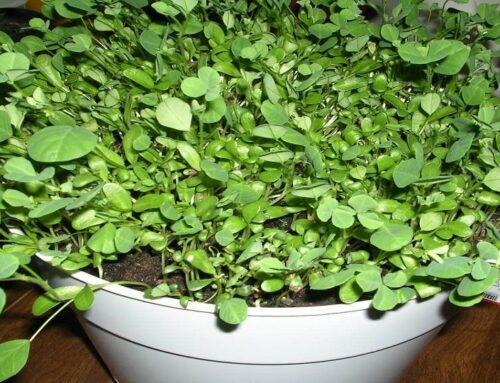
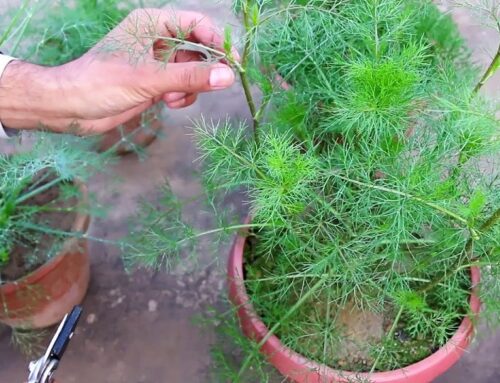
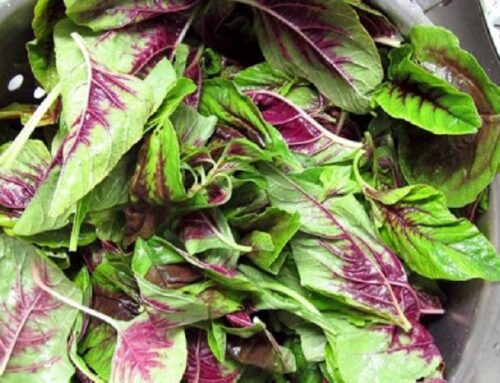
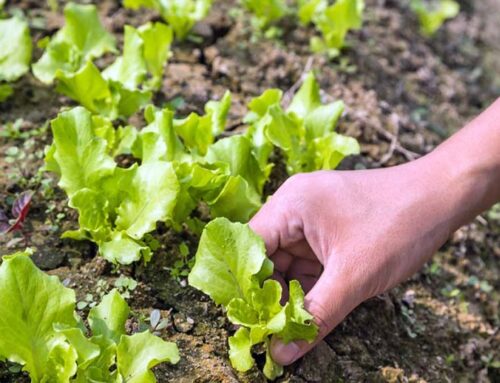
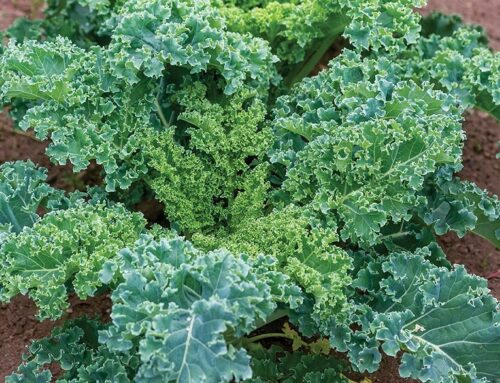
Leave A Comment
You must be logged in to post a comment.